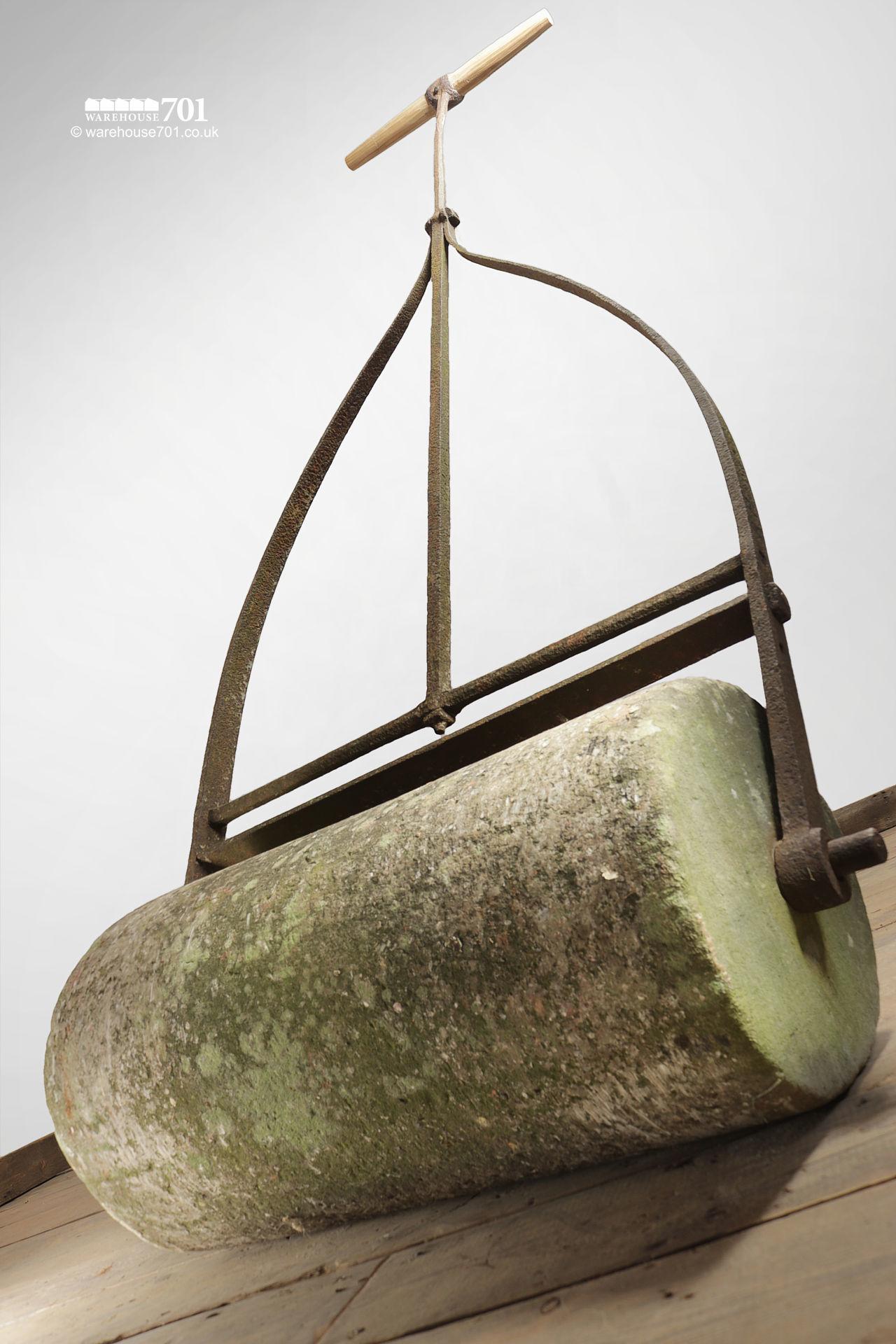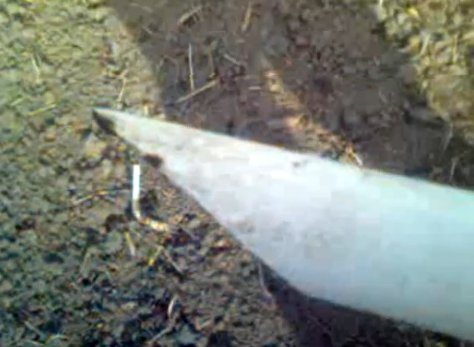
 5
5




 2
2





 2
2




Hans Albert Quistorff, LMT projects on permies Hans Massage Qberry Farm magnet therapy gmail hquistorff
 2
2




'What we do now echoes in eternity.' Marcus Aurelius
How Permies Works Dr. Redhawk's Epic Soil Series

 7
7




 3
3





 2
2





 3
3




Vic Dupont wrote:
I am guessing that before concrete was invented, people did differently. I don't believe that every household had this massive stone roller. It is possible that they stomped the ground, but it seems unlikely to me, for several reasons. First, I have never seen depictions of people stomping their field, paintings or stuff. Second, as I mentioned it is exhausting, and people back in the days were careful not to waste their scarce energy.
Thanks again very much for your answers and your help!
How Permies works: https://permies.com/wiki/34193/permies-works-links-threads
My projects on Skye: The tree field, Growing and landracing, perennial polycultures, "Don't dream it - be it! "

 5
5












 7
7




Hans Albert Quistorff, LMT projects on permies Hans Massage Qberry Farm magnet therapy gmail hquistorff







 4
4




Hans Albert Quistorff, LMT projects on permies Hans Massage Qberry Farm magnet therapy gmail hquistorff
Update: all of the seed I planted with the spring rake this year came up very thick and healthy.

 1
1




 4
4













 3
3





|
I'm just a poor boy, I need no sympathy, because I'm easy come, easy go, little high, little low, little ad
Learn Permaculture through a little hard work
https://wheaton-labs.com/bootcamp
|






